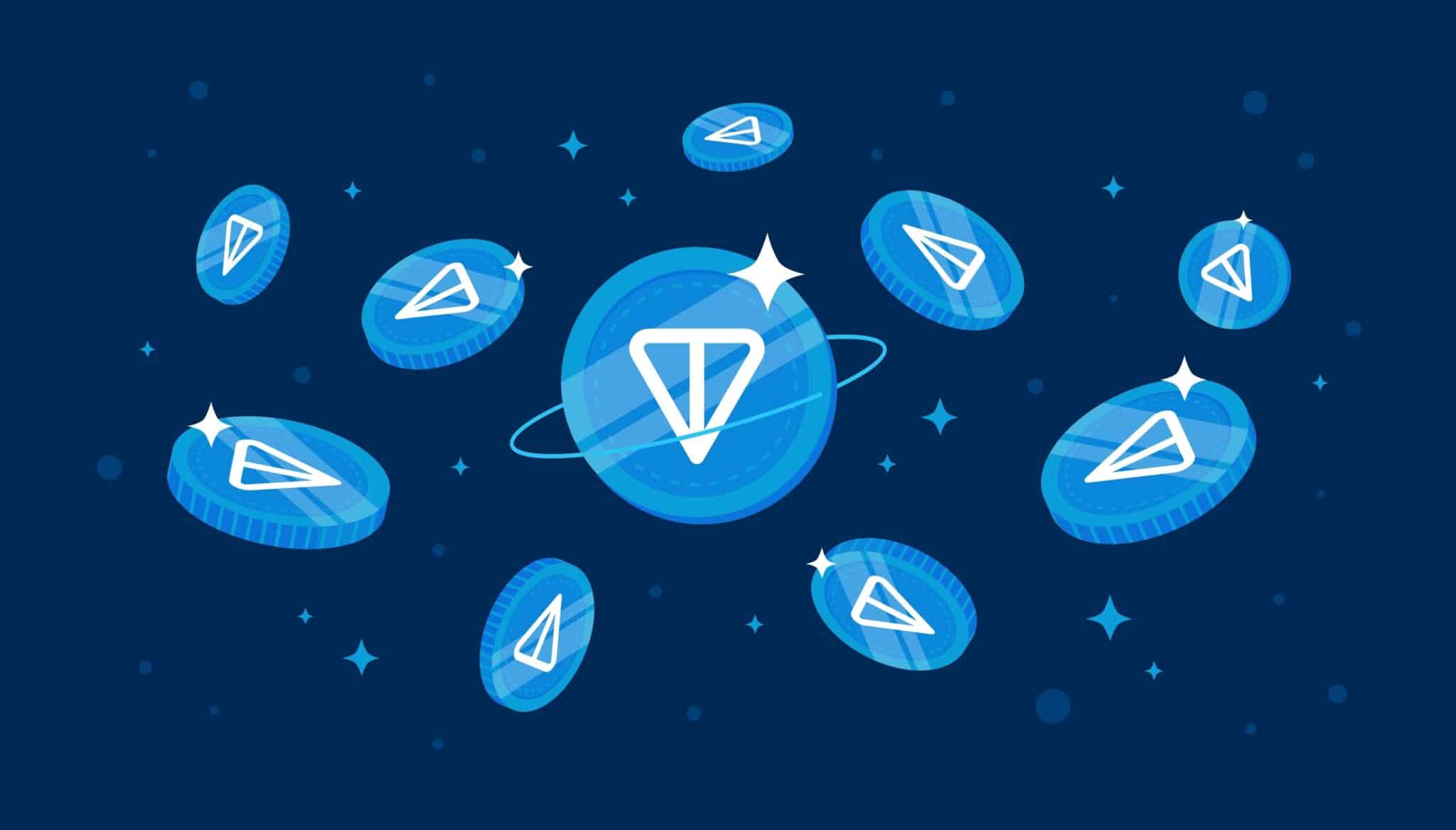The TON Applications Chain (TAC), a novel protocol, will leverage Polygon’s AggLayer and Chain Development Kit (CDK).
The developers of The Open Network (TON), a well-known blockchain that integrates with the Telegram messaging app, have announced plans to release their layer-2 network built on Polygon technology. The team made the statement on Tuesday in Brussels, Belgium, during the Ethereum Community Conference (EthCC).
The new protocol, known as the TON Applications Chain (TAC), will leverage Polygon’s AggLayer, their interoperability layer for resolving blockchain fragmentation, and their Chain Development Kit (CDK), a customizable toolkit that lets developers create their own layer-2 blockchains based on Polygon’s zero-knowledge technology.
TAC is “designed to enable EVM-based decentralized applications to TON’s ecosystem” and let Ethereum developers create new applications for Telegram users.
The TON team stated in the press release, “TAC is set to significantly enhance liquidity access and accelerate DeFi adoption for the TON ecosystem.” “TAC will open the door for a wide range of cutting-edge applications on the TON blockchain, including decentralized identity solutions and gaming, beyond DeFi.”
The announcement coincides with several significant blockchain enterprises’ pursuit of layer-2 networks during the previous year. The trend was started by cryptocurrency exchange Coinbase, which introduced Optimism’s OP Stack and its “Base” blockchain in August. Since then, cryptocurrency exchange OKX has published a layer-2 named “X Layer” with Polygon’s CDK, while protocols like Celo and Worldcoin have announced their plans to deploy layer-2 rollups with OP Stack.
Pavel Altukhov, the founder of TAC, emailed CoinDesk, saying, “We chose to build on the Polygon ecosystem because of its EVM compatibility, seamless availability of liquidity from EVM chains via AggLayer, comprehensive deployment support, and Polygon’s EVM expertise.” “Another important consideration in our decision was the lively community surrounding Polygon.”



